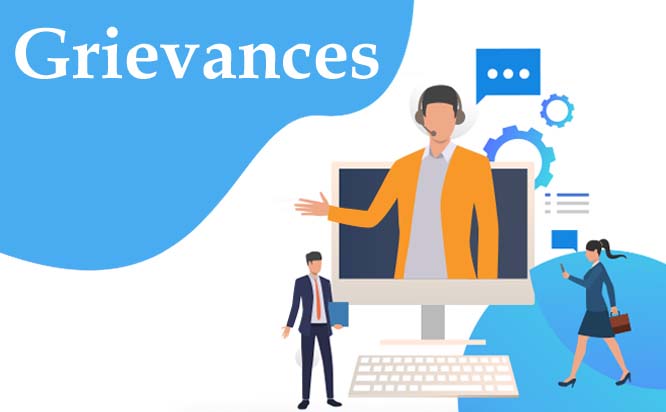- Friday
- July 26th, 2024

Strategic HRM is a method of recruiting talent and then retaining, encouraging, rewarding, and facilitating them so that both the company and the workers are clear winners at the end of the day. In order to understand their priorities, the...
The scope of employee Welfare cannot be limited, since it differs according to social customs and the degree of industrialization indifferent countries and at different times. They have to be elastic and flexible enough to suit the conditions of the...
Labour Welfare aims at the whole development of the person of the working class. The Labour Welfare Policies of any organization should keep in mind the following objectives: To increase the standard of living of the. Working class: The labourer...
Many Non statutory welfare schemes may include the following schemes: Personal Health Care (Regular medical check-ups): Many businesses have facilities for comprehensive safety inspections Flexi-time: The primary purpose of the flextime program is to provide workers with the ability to...
The statutory welfare schemes include the following provisions: Drinking Water: At all the working places safe hygienic drinking water should be provided. Facilities for sitting: In every organization, especially factories, suitable seating arrangements are to be provided. First aid appliances:...
The Employee Welfare describes "efforts to provide good work-life at the workplace" "Employee welfare is a descriptive concept that encompasses different programs, incentives, and facilities that workers & employers are provided. The employer makes life worth living for workers through...
This article is on HRM or Human Resource Management in an Organization. Employees are the organization's main assets. HRM or Human Resource Management focuses on hiring, training, managing, analyzing performance appraisal, dispute settlement or grievance handling, and giving direction to...

Defining a grievance is very difficult. However, personnel experts have tried to differentiate between dissatisfaction, complaint, and grievance. In general, dissatisfaction in any form declared orally between employees is known as a complaint. A grievance is often related to work...
Without an analysis of their nature and pattern, the causes of employee dissatisfaction cannot be removed. The personnel administrator of an organization should go into the details of the grievances and find out the best possible methods of settling them....
Methods of resolving grievance can be divided in to two parts: Decisional Processes: Binding Decisions Non-Decisional (Collaborative) Processes: Managed Negotiations Decisional Processes: Binding Decisions The dispute resolver makes a ruling, judgment or determination on legal and/or factual issues: Arbitration, Adjudication,...
![]() All posts loaded
All posts loaded
No more posts
